In his opening speech, Dr. Tran Hau Ngoc, Vice Chairman of the National Committee for Standards, Metrology and Quality, affirmed that accurate and unified measurement is a prerequisite for improving productivity, product quality, optimizing production costs, and ensuring national security and defense. In the context of businesses having to compete in the global market, a modern national measurement system will become a “soft infrastructure” to promote innovation, digital transformation and international trade.
From that awareness, the Government issued Decision No. 996/QD-TTg (dated August 10, 2018) to promote measurement activities and support businesses to improve their competitiveness by 2025, with a vision to 2030.
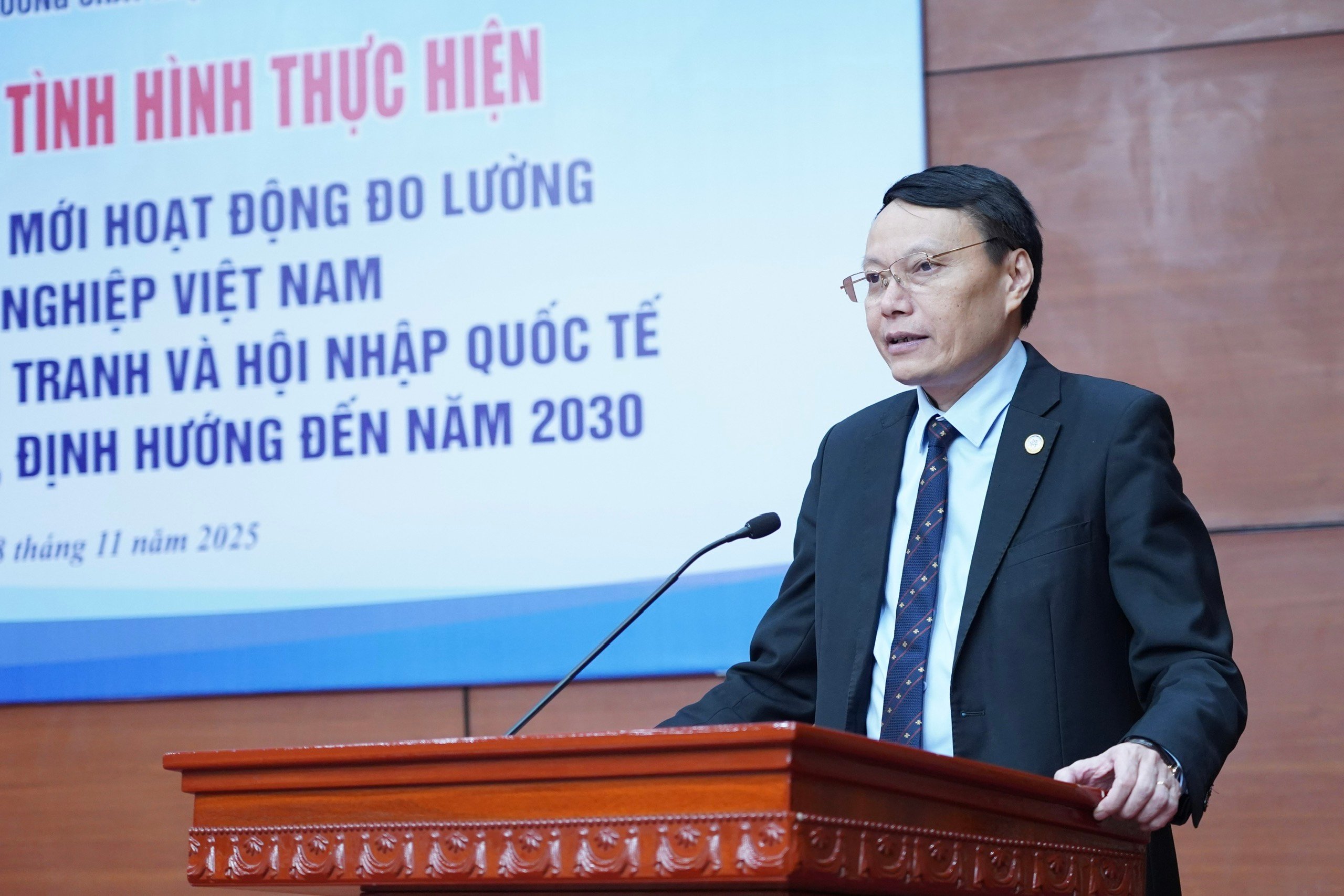
Dr. Tran Hau Ngoc, Vice Chairman of the National Committee for Standards, Metrology and Quality spoke at the Conference.
After 7 years of implementation, Project 996 has created clear changes in the completion and modernization of the national measurement infrastructure. The technical foundation for measurement activities has been greatly enhanced when thousands of standard devices and measuring instruments have been invested in ministries, branches, localities and enterprises. These items contribute to the formation of a synchronous and modern measurement system, meeting the requirements of economic and social development and international integration.
At the same time, the measurement assurance program in enterprises has spread widely. Many enterprises have proactively built and announced measurement assurance programs, thereby reducing material loss, lowering production costs, improving management efficiency and increasing the competitiveness of goods and products in the market.
Another bright spot is that many models of effective measurement have been replicated. Quang Ninh, Dak Lak, Ha Tinh, Hai Phong and the Ministry of National Defense are typical units in implementing measurement models associated with quality improvement, production process improvement and promoting technological innovation.
Dr. Tran Hau Ngoc emphasized that in the context of the whole country implementing Resolution 57-NQ/TW on breakthroughs in science and technology development, innovation and national digital transformation, along with Directive 38-CT/TW on strengthening the work of TCĐLCL, the requirements for the next phase of Project 996 will be higher, more comprehensive and extensive. This is the foundation for the national measurement system to continue to play its role in improving productivity, quality and competitiveness of Vietnamese enterprises.
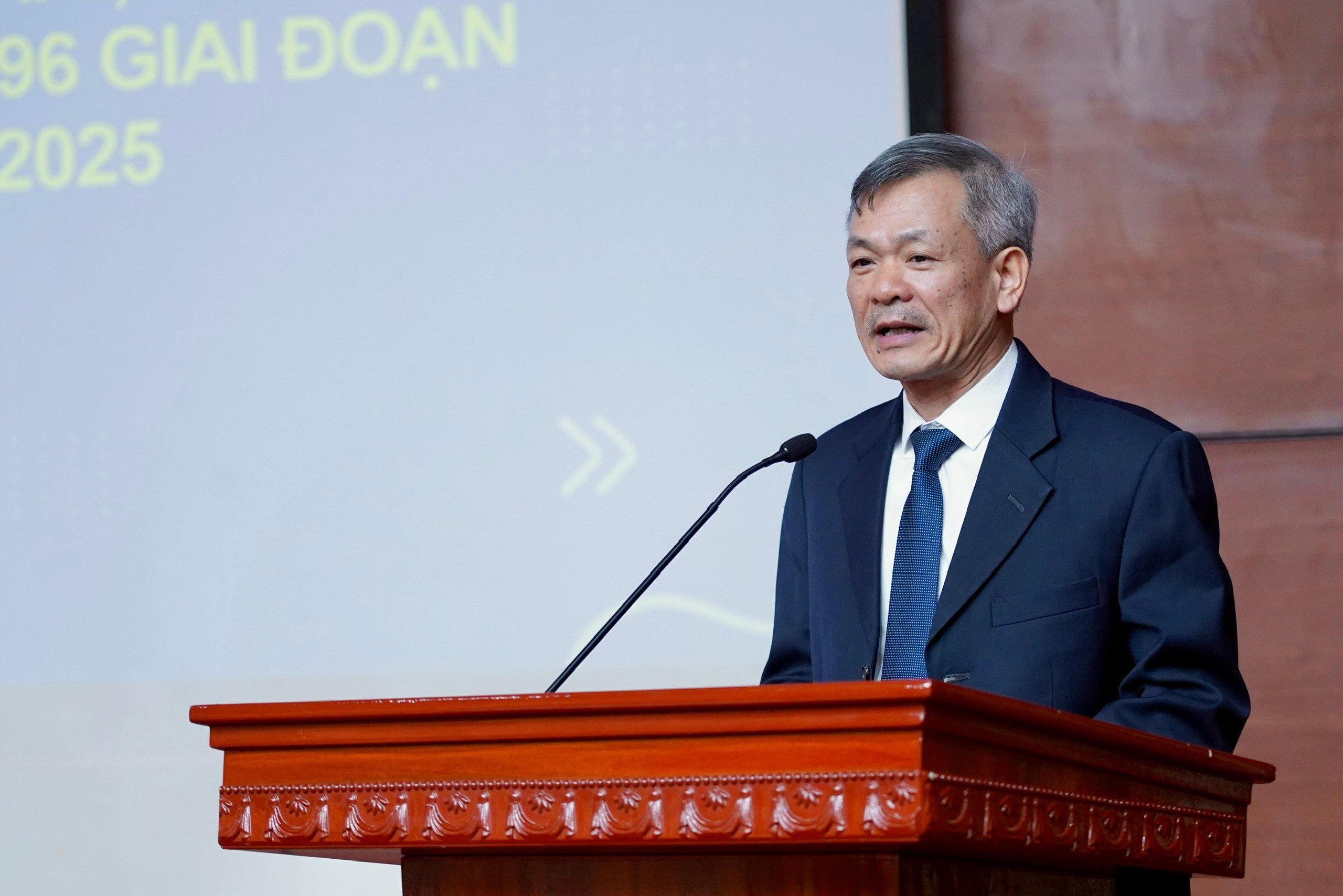
Mr. Tran Quy Giau, Head of the Measurement Department, reported at the Conference.
Reporting at the conference, Mr. Tran Quy Giau, Head of the Measurement Department, said that many important targets of Project 996 had been achieved and even exceeded the set plan. The national measurement standards system continued to be consolidated when 48 national measurement standards were approved, exceeding the initial target of 41 standards, equivalent to about 117%.
Training and professional development in measurement also recorded impressive results. As of the reporting date, 10,079 trainees had participated in professional training courses, achieving a completion rate of more than 100.8% compared to the requirements of the Project. This is considered an important force to help improve the capacity to implement measurement activities in localities and enterprises.
For businesses, the measurement assurance program continues to spread and bring practical results. A total of 45,596 businesses have been supported with measurement assurance, reaching about 91.2% of the set target. This activity directly contributes to reducing errors, limiting loss and improving production and business efficiency.
In addition, Vietnam has successfully produced 29 standard substances and 100 samples of measuring instruments, achieving a completion rate of about 129% compared to the plan. These results show that the research and manufacturing capacity for domestic measurement is increasingly improved, creating an important premise for increasing autonomy and reducing dependence on international supplies.
These results show that ministries, branches and localities have focused on investing in measurement capacity, and at the same time, businesses have begun to better understand the role of measurement in production and business. The system of organizations for inspection and calibration of measuring instruments has been strengthened; many groups of standard samples serving import and export have mastered the technology.
However, some targets were achieved poorly, such as maintaining only 32/200 CMC (~16%) and applying the National Criteria for Measurement. The main reasons are limited professional capacity and facilities; the number of domestic inter-laboratory comparison programs is small, while participating in international comparisons requires a long time and large budget.
Mr. Tran Quy Giau also proposed 5 key tasks to be implemented in the coming period. First of all, units need to focus resources to fully complete the goals of the 2025 period. At the same time, completing the legal corridor for measurement assurance activities in enterprises is considered an urgent requirement to create a unified and transparent legal basis; in particular, it is necessary to build a national measurement database on a digital platform, ensuring connectivity from the central to local levels and enterprises; at the same time, develop a warning system and monitor measurement violations using digital technology.
In addition, the measurement assurance program needs to be expanded to strategic technology fields such as AI, semiconductors, biomedicine, autonomous vehicles or high-speed railways to meet the development trends of the economy.
Finally, Vietnam needs to promote participation in international interlaboratory comparison programs (CIPM-MRA) to increase the level of recognition of measurement results; at the same time, receive advanced measurement technology transfer from major organizations such as PTB of Germany, NIST of the US and NIM of China.

Delegates take souvenir photos.
At the conference, representatives of the Ministry of National Defense, Department of Science and Technology of Bac Ninh, Thai Nguyen, Technical Center for Quality Control 3, Quang Ninh Clean Water Joint Stock Company... shared experiences in implementing tasks of Project 996, especially in areas that directly affect people's lives such as clean water, healthcare, electronic electrical equipment, weighing and packaging.
Opinions focused on mechanisms, resources and digital applications to standardize measurement activities, facilitating businesses to improve product quality to serve domestic and export markets.
Concluding the conference, Dr. Tran Hau Ngoc emphasized that this is an important review activity of Project 996: “The past period has achieved many positive results, but there are still difficulties that need to be analyzed and overcome for more effective implementation in the period 2026-2030. Measurement must truly become a platform for businesses to innovate, improve productivity and reach out to the international market.”
Source: https://mst.gov.vn/hoan-thien-chuan-do-luong-quoc-gia-tao-xung-luc-moi-cho-doanh-nghiep-but-pha-197251128155030991.htm








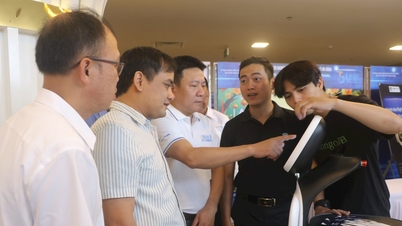




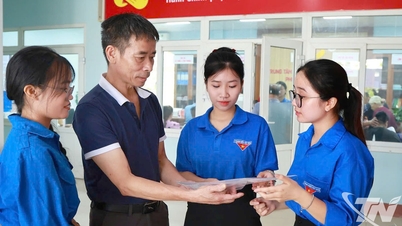

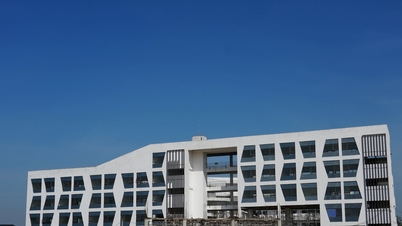


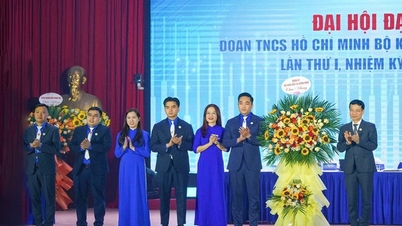






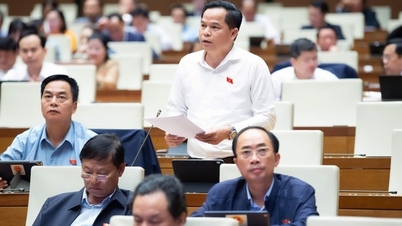
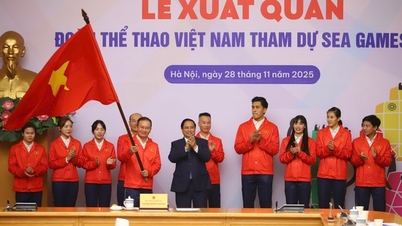





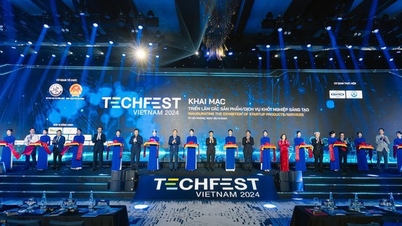
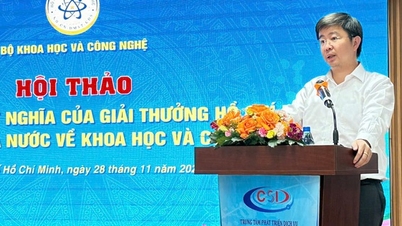

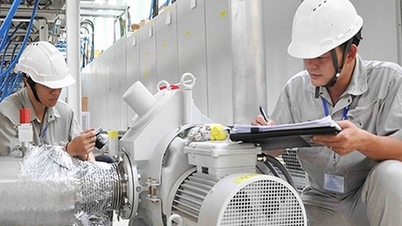
























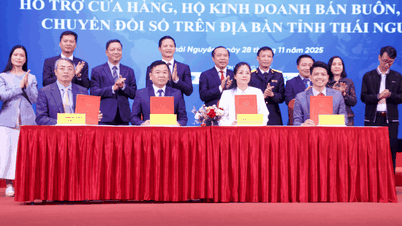





















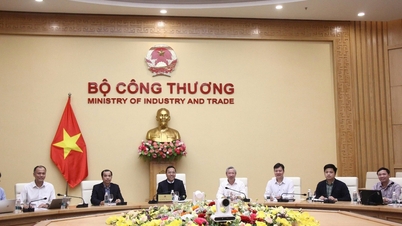


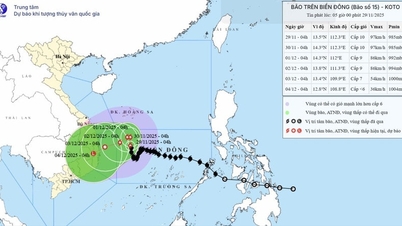

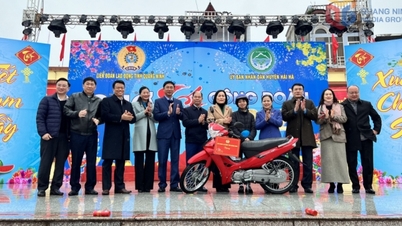


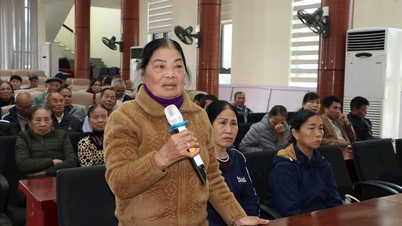

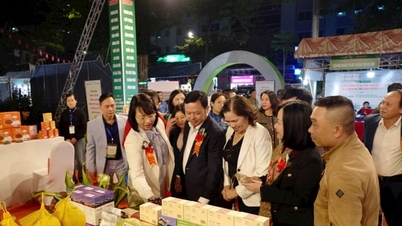
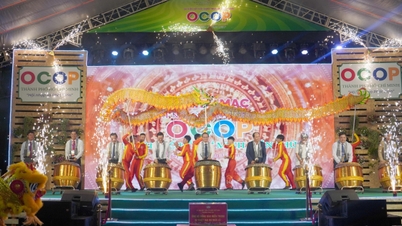











Comment (0)